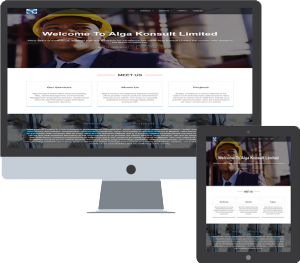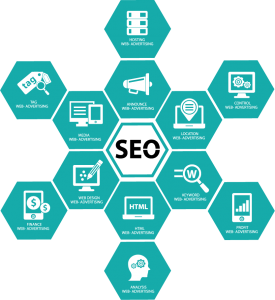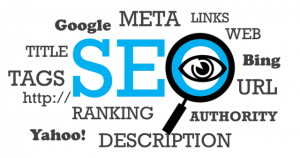In the digital age, the task of website design can seem daunting. A complete site demands a comprehensive range of components, from the technical to the aesthetic. Thankfully, this ‘Simple (But Complete) Guide to Website Design’ will give you all the information you need to create a professional, effective website that meets all your practical requirements, however you decide to build it. From building a platform to crafting a unique web page design, this guide will make website design easy to understand and tackle, no matter your skill level.
1. An Introduction to Website Design
Website design is the creative and technical process of creating a visually-appealing website. It incorporates a variety of key elements and techniques including:
- Content research and analysis
- Visual design and identity
- Information architecture and navigation
- User experience
By bringing these key elements together, website design allows businesses and individuals to create an effective online presence. Not only does it facilitate a memorable experience for the user, but it also offers the opportunity to engage and inform them. With website design, a website can have features such as interactive forms, galleries, contests, forums, and more.
Web design overlooks typography, colors, backgrounds, page layout, and other elements that contribute to the aesthetic and user-experience of a website. Good design is essential to creating a memorable experience that can convert visitors into customers, so having a well-designed website is crucial for any business. If done correctly, web design can help businesses create a powerful and ever-lasting connection with their users.

2. Establishing the Basics of Design
Design is a way of conveying your message using visuals. Before you can create pieces of art that tell stories, you need to understand the building blocks of design. Understanding the basics of design and composition can help you take your message to the next level.
Research the elements of design and composition, such as shapes, textures, alignment, contrast, dominance, and rhythm. All elements are built around the core principle of harmony – that is, to create artwork that is visually pleasing and in balance.
Whether it’s a simple flyer or an intricate logo, start by looking at the subject from a distance and focusing on the following components:
- Color: what type of color scheme would suit the purpose and aesthetics?
- Typography: what type of font should be chosen and what size will you use?
- Images: how will you incorporate visuals into the artwork?
- White space: how will you allow the eye to rest while they’re looking at the artwork?
The more you practice, the better you’ll become at designing, and you will be able to create aesthetically pleasing visuals that you’re proud to share with the world.

3. Crafting a Structured Layout
When creating a website, there are a few key elements to consider when crafting a good structure. Having a visually appealing, intuitive and well-structured layout makes all the difference in improving user experience. Here are a few tips to help you get started:
Organize with Hierarchy and Grouping: Make sure key elements of your website are organized intuitively to make it easier for users to navigate. Structure your content into groups to separate elements and provide clarity. This will create a clear flow for the user and make sure their attention is on the intended elements.
Consider Visual Consistency: Pay attention to visual elements when it comes to design. Ensure that typefaces, symbols and even colors are consistent throughout the site. This helps to create a professional and unified feel to the overall layout.
Put Emphasis on Interactive Elements: Design elements such as photos, videos, and interactive elements can make all the difference in a website layout. Utilize these to keep visitors engaged and make sure they have a positive experience while navigating through your site:
- Incorporate photos strategically.
- Include videos to add visual interest.
- Integrate interactive elements for an immersive experience.
4. Optimizing Your Website for Maximum Visibility
So, you want your website to be seen? Great! You’re already off to a good start by reading this post. Search Engine Optimization (SEO) can help you to boost the visibility of your website. Here are a few tricks to optimize your website for maximum visibility:
- Analyze Your Website: First and foremost, you need to analyze your website. Get an understanding of which elements are working and which are not. Look at your content and check the user experience your website provides.
- Choose the Right Keywords: When picking out keywords, make sure that they are relevant to the content. Try to use phrases that are frequently used by your target audience.
- Make Sure That Your Content Is Unique: The content on your website needs to be original, interesting and informative. This will help readers and search engines to look favorably on your website and increase the accessibility.
Additionally, make sure to update content regularly, link to other quality websites and make your website mobile friendly. These strategies can help you to optimize your website for maximum visibility. With enough effort and the right strategies, you can be seen and heard by your target audience.
Your website is your online business card, allowing customers, clients, and colleagues to discover who you are and what you do. A good design makes your website user friendly and search engine friendly, increasing the chances of your site being found, and your message being seen and heard. Now that you’ve read this simple but comprehensive guide to website design, it’s time to put your knowledge into practice and create a website that truly represents you!










